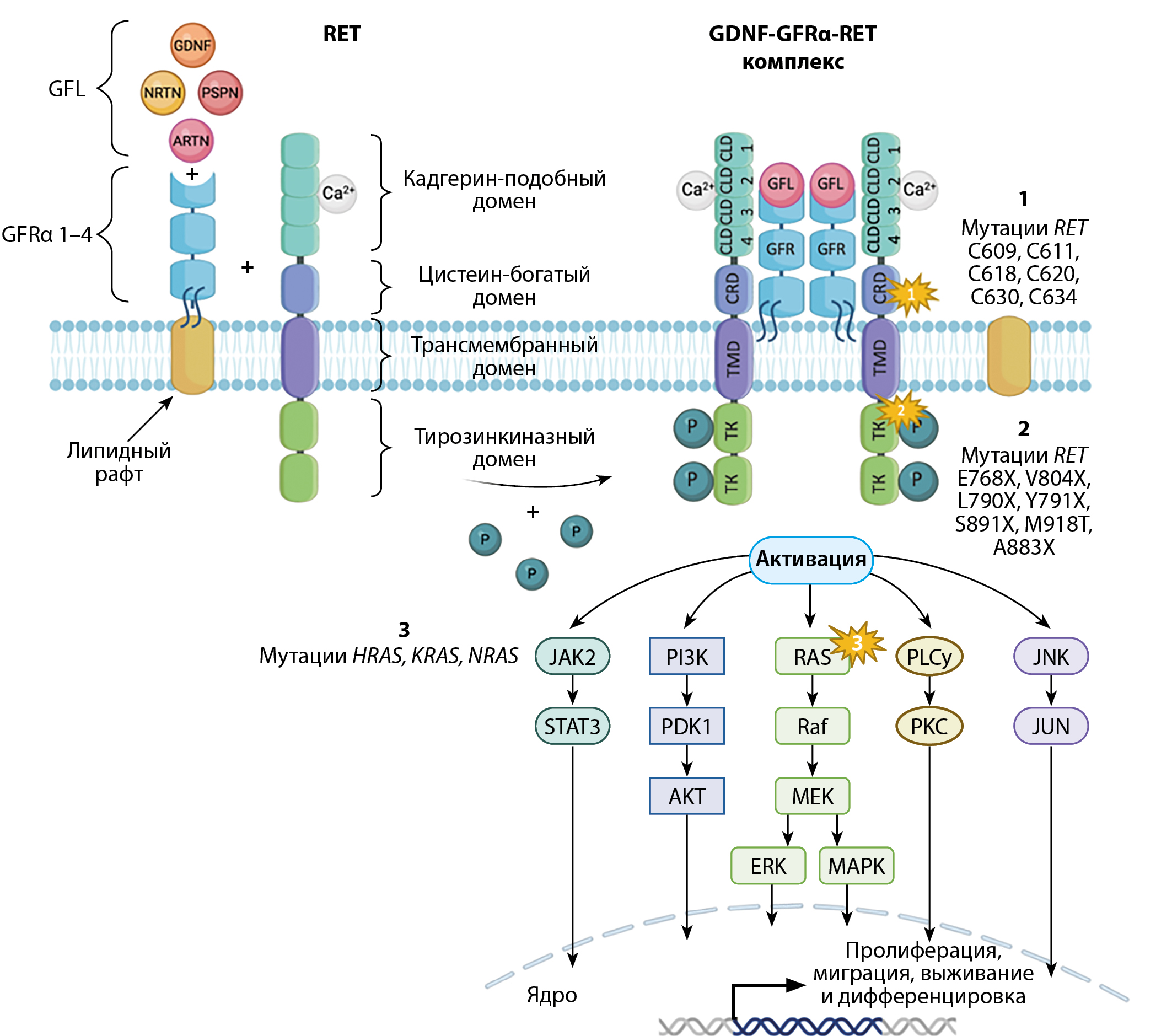
Original studies
BACKGROUND: Despite the significant advancement of medical image analysis methods, including radiomics technologies, their routine integration into clinical practice remains limited. One promising direction is the use of textural features derived from hybrid imaging modalities, such as single-photon emission computed tomography combined with computed tomography (SPECT/CT). These features reflect the spatial characteristics of radiopharmaceutical distribution and can potentially be used to predict treatment response.
OBJECTIVE: Assess the prognostic value of textural features extracted from post-therapeutic SPECT/CT images in evaluating the response to radioiodine therapy (RIT) in patients with differentiated thyroid cancer (DTC).
MATERIALS AND METHODS: The study included 53 patients with DTC who underwent post-therapeutic SPECT/CT imaging 72 hours after administration of sodium iodine I-131. A total of 88 accumulation areas in the residual thyroid gland (thyroid gland) tissue and 61 metastatic foci of prostate cancer were analyzed. Disease status (remission or recurrence) was assessed six months after RIT based on clinical, laboratory, and imaging criteria. Logistic regression models and receiver operating characteristic (ROC) analysis were used to evaluate the predictive value of the extracted textural features. Feature selection was performed using mRmR, Lasso, and conventional statistical criteria.
RESULTS: Diagnostic models based on textural features were developed and tested separately for residual thyroid tissue and metastatic DTC lesions. The model based on features from metastatic lesions demonstrated high predictive performance (AUC = 0.88), while the model based on residual thyroid tissue showed moderate prognostic value (AUC=0.61).
CONCLUSION: This study demonstrates the feasibility of using radiomics based on SPECT/CT-derived I-131 uptake textural features to predict outcomes of radioiodine therapy in DTC. The application of these features may enhance the accuracy of recurrence risk stratification and contribute to more personalized treatment strategies
Review
This review focuses on the regulation and practice of iodine supplementation (IS) use with a focus on Eastern/Central European and Central Asian (ECE-CA) countries, based on new evidence on the benefits and harms of IS use depending on the salt iodization status. Information on IS use was analyzed for population groups particularly vulnerable to iodine deficiency: pregnant and lactating women, infants aged 6–36 months, and preschool and school-age children. The review preparation process included several repeated searches using PubMed and other sources. Open access articles published in English, Russian, and Romanian over the past 10–15 years were included in the analysis. Analysis of available sources showed that 9 ECE-CA countries had official recommendations on IS use in different population groups, usually pregnant and lactating women. However, in 5 of them, the median urinary iodine concentration in pregnant women was below the optimal level (150 μg/L). Experience in the ECE-CA region shows that mandatory salt iodization ensures adequate iodine intake for all population groups. Further efforts should be aimed at increasing the use of iodized salt to cover more than 90% of households and expanding the use of iodized salt in food production. However, IS may still be necessary for individuals at risk of iodine deficiency due to dietary and lifestyle factors (vegan/vegetarian and other restrictive diets). Such targeted use of IS requires the development of official guidelines to assess the effectiveness of this approach and methods for monitoring its implementation.
The term thyrogastric syndrome was first proposed in the early 1960s to reflect the pathogenetic relationship between autoimmune thyroiditis and chronic autoimmune gastritis. Later, this association was considered in the framework of autoimmune polyglandular syndrome type 3B, where autoimmune thyroiditis is a mandatory component. According to accumulated data, the prevalence of autoimmune gastritis among patients with verified autoimmune thyroiditis is about 13%. The pathogenesis of both of these diseases is determined by the interaction of genetic, embryological, immunological, and environmental factors. It is important to note that such parallels allow for a better understanding of the mechanisms of autoimmune diseases and their relationship. Chronic autoimmune gastritis is characterized by the partial or complete disappearance of the parietal cells of the stomach, which leads to impaired production of hydrochloric acid and internal factor Castl. The consequences of this damage can be iron deficiency anemia, pernicious anemia, and the progression of mucosal damage to severe gastric atrophy. This review focuses on the association of the two aforementioned autoimmune diseases.
Medullary thyroid cancer is a rare neuroendocrine tumor that originates from parafollicular C-cells. The etiology of the disease can be either sporadic or hereditary, and it is associated with multiple endocrine neoplasia syndromes types 2A and 2B. Genetic analysis of sporadic MTC reveals significant variation when compared to hereditary forms of the disease. This review paper summarizes current data on the frequency and prognostic significance of RET and RAS mutations, providing information on the molecular genetic characterization of MTC and the possibilities of personalized therapy with tyrosine kinase inhibitors. An examination of the approaches to molecular diagnostics is undertaken, with particular emphasis on their clinical significance in verifying diagnoses, assessing the risk of relapse, and selecting therapy. A thorough analysis of recent data on the frequency of somatic mutations in sporadic forms of breast cancer, their mutual exclusivity, and their relationship to the biological behavior of the tumor is presented herein.

This work is licensed under a Creative Commons Attribution-NonCommercial-NoDerivatives 4.0 International License (CC BY-NC-ND 4.0).
ISSN 2310-3787 (Online)







































